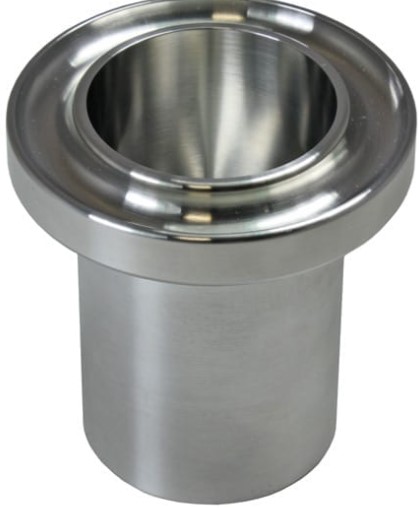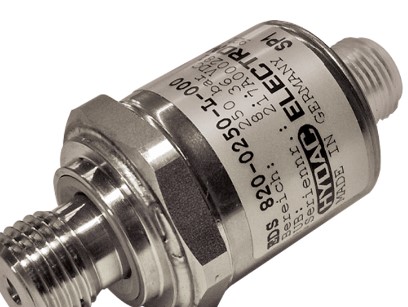
PHD-4 Portable Helium Detector calibration
• Helium leak testing is used to identify small or large leaks in larger volumes.
• Helium is used as a tracer gas and its concentration is measured.
• Helium is inert, safe to use, and will not react with any materials within the part to be tested.
• Mass spectrometers are commonly used to detect helium, but residual gas analyzers can also be used.
• Helium leak testing can be between one thousand and one million times more sensitive than pressure decay techniques.
• Benefits of Helium Leak Testing include finding smaller leaks, a temperature independent, dry technique, and a longer product life.
• High vacuum testing allows leak test thresholds to be set down as low as 1×10-12mbar.l.sec-1, while sniffing is generally used for helium leaks down to 1×10-6mbar.l.sec-1.
• High vacuum can be connected to the Mass Spectrometer and a partial vacuum in the part.
• Large leaks can be flood the mass spectrometer with helium, or pre-test using pressure decay to screen out larger leakers.
• Helium can be sniffed or sprayed, with the part pressurized above atmospheric and a helium sniffer gun positioned around it.




